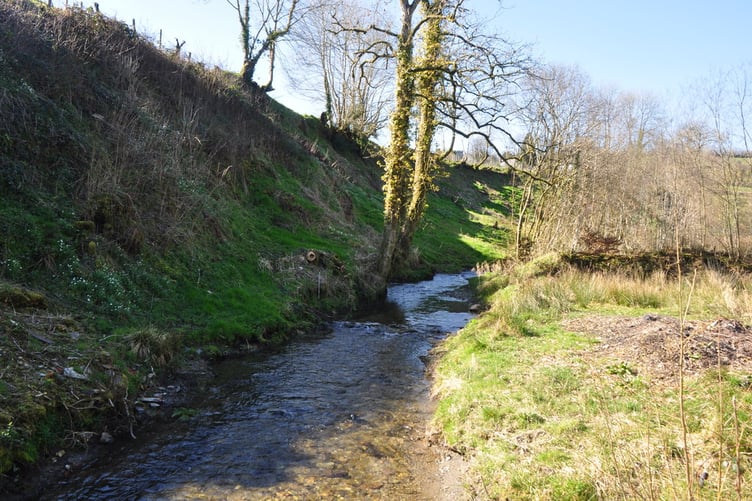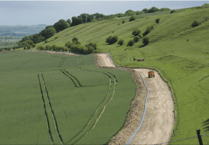SEWAGE overflow into waterways in Exmoor National Park is 10 times higher than outside the park, and 44 per cent of its rivers fail to meet ‘good ecological standards’, a shock report revealed this week.
Claiming the park’s rivers were now in ‘crisis’, research carried out by the Campaign for National Parks (CNP) in partnership with the Rivers Trust, revealed the average number of hours’ spilling from a single sewer overflow per year in Exmoor National Park was 370, compared to 266 hours outside the park.
The report also claimed the level of pharmaceuticals found in Exmoor rivers was higher than safe levels for antimicrobial resistance, indicating a potential human health risk.
CNP chief executive Dr Rose O’Neill said: “National parks like Exmoor should set the gold standard for clean and healthy rivers, but instead they are being ignored and neglected by Government, regulators, and water companies.
“It is time to give these waterways the strongest legal protections, the highest standards, and the urgent investment they deserve.”
The report highlights six national park rivers at risk, including the River Pulham which flows near Brompton Regis and joins the River Haddeo.
It said last year, 3,077 hours of sewage overflow was discharged into the river, more than 10 times higher than the average outside the park.
The report said: “In 2024, 6,290 hours of sewage were discharged from overflows into rivers on Exmoor.
“This reflects aging and poorly maintained sewage infrastructure that is ill-designed and undersized to cope with actual resident and visitor populations.”
There was also concern over the high levels of pharmaceuticals found in moorland waterways.
Another recent report showed that parts of Exmoor had a concentration higher than some major cities, including London, which could indicate a potential human health risk.
The report said: “Many rural communities within national parks are below threshold resident population size where more than basic sewage treatment is legally required, meaning that sewage treatment technologies, that are standard elsewhere, are not legally required inside national parks.
“Local communities are working to protect these waterways.
“National park authorities play an important role as local planning authorities and in a wide range of management and river restoration projects, but when it comes to tackling the biggest pressures, they have little power and are reliant on the water companies and water regulators to act.
“Without changes to legislation and legally binding requirements, national park authorities and communities are swimming against the current.”
CNP called for parks to be made a top priority in water reforms to protect rivers and for a new mandate requiring water regulators and water companies to act.
It said the main sectors contributing to the current failures on Exmoor were agriculture and rural land management at 44.4 per cent, and the water industry at 38.9 per cent.
By comparison, the average figures for those sectors across all 13 national parks in England and Wales was agriculture and rural land management 48.6 per cent and the water industry 41 per cent.





Comments
This article has no comments yet. Be the first to leave a comment.